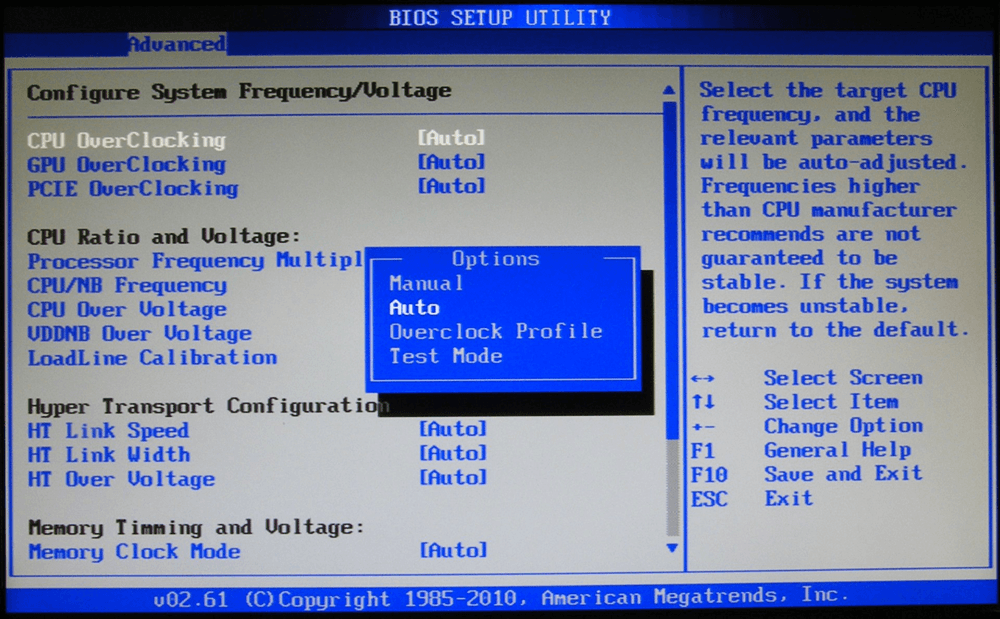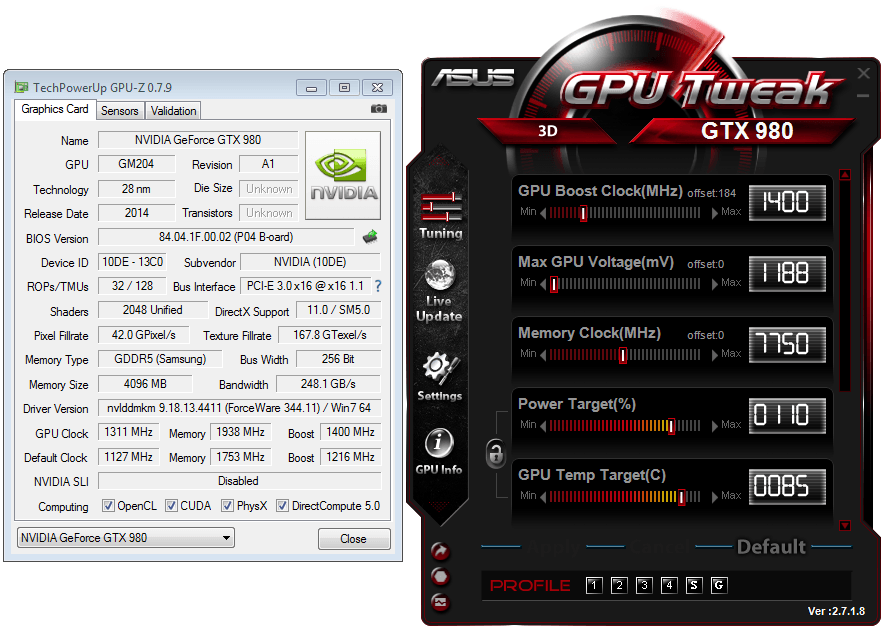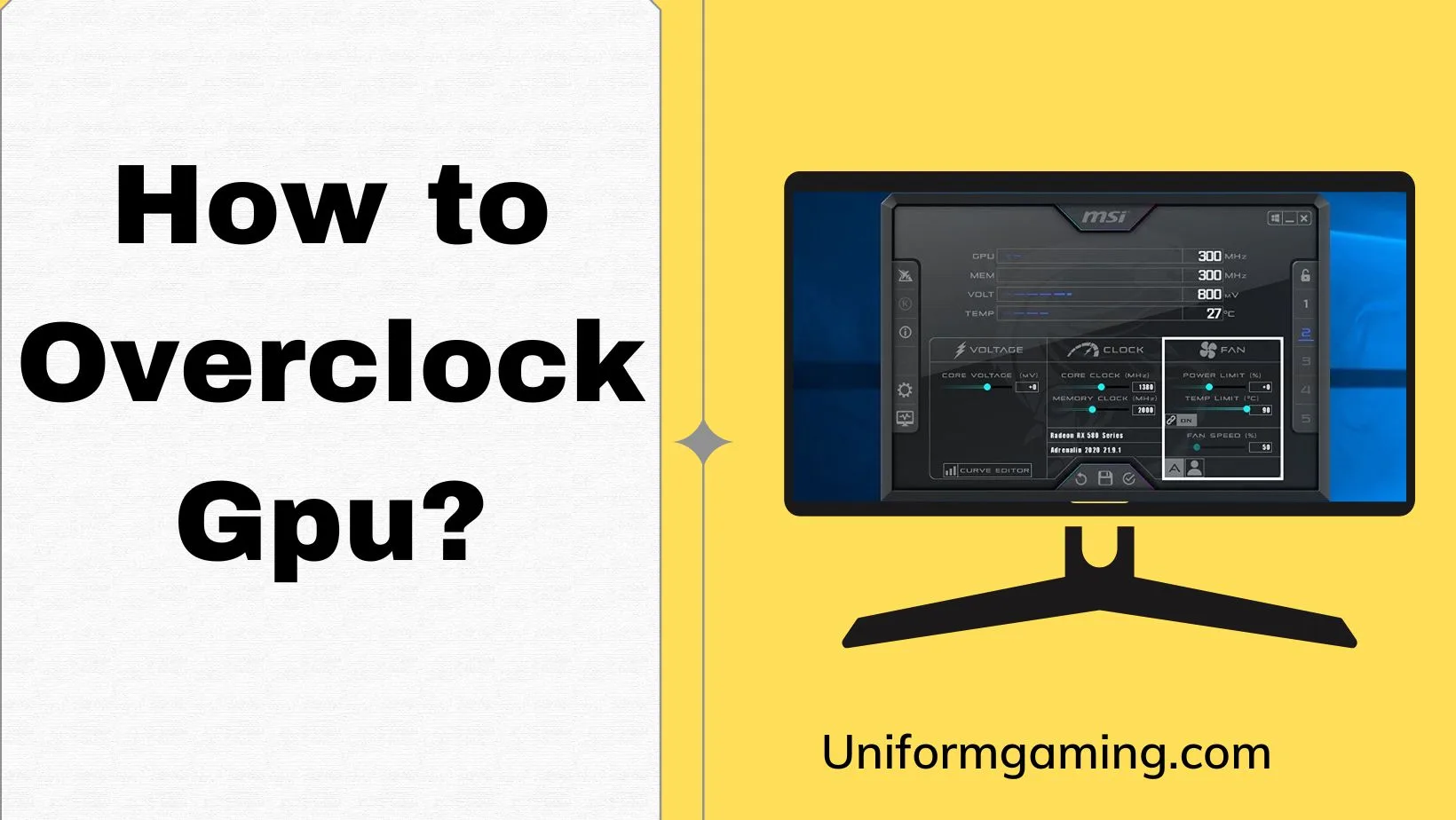How to Overclock Gpu? As computer hardware enthusiasts are looking to get the most out of their hardware, GPU overclocking has become a popular way to push the limits of graphics cards.
This is the methodology of improving the clock rate of the illustrations processing division (GPU) beyond its default settings, allowing for faster performance and potentially higher frame rates in games.
Overall, GPU overclocking can be a fun rewarding experience for hardware enthusiasts looking to push the limits of their graphics cards.
However, it is important to take the time to do your research and understand the risks involved before attempting it.
With the right precautions, you can potentially achieve improved performance in games, allowing for a more immersive gaming experience.
In this article, we will explore the basics of GPU overclocking, what you need to get started, whether it works, and answer some frequently asked questions.
What Is GPU Overclocking?

GPU overclocking concerns boosting the chronograph pace of the GPU above its manufacturer stages.
A GPU’s clock speed refers to the speed at which the graphics processor runs, and it is measured in MHz or GHz.
By overclocking the GPU, you can increase its clock speed, which allows it to process more instructions per second, resulting in improved performance.
However, overclocking is not without risks, and it is important to take precautions before attempting it.
If you are facing a problem in building a gaming PC then we recommend you to read Tip for Building Gaming PC by clicking the mentioned link.
What do You need to Overclock?

To overclock your GPU, you will need a few things. Firstly, you will need a graphics card that is capable of being overclocked.
Most modern graphics cards can be overclocked to some degree, but not all are equal. Generally speaking, higher-end graphics cards tend to have more overclocking headroom than their lower-end counterparts.
Additionally, you will need overclocking software, which is usually provided by the graphics card manufacturer or a third-party provider.
Finally, you will need to have a good understanding of your graphics card’s default settings, including its clock speeds, voltages, and thermal limitations.
How to Overclock Gpu? Step-by-Step Guide

Overclocking your GPU can improve its performance, but it should only be attempted by experienced users who are comfortable with the risks involved. Here is a brief step-by-step guide:
- Install overclocking software such as MSI Afterburner, EVGA Precision X, or ASUS GPU Tweak.
- Open the software and make sure you have the latest drivers installed for your graphics card.
- Increase the core clock speed by small increments (10-20 MHz) and test stability with a benchmark or stress test. If it passes, increase the clock speed further, and repeat until it becomes unstable.
- Increase the memory clock speed in the same way as the core clock speed.
- Monitor the temperature of your GPU while overclocking, and ensure it stays within safe limits (usually under 85°C).
- Increase the power limit to allow your GPU to draw more power if necessary.
- If you encounter stability issues, try increasing the voltage slightly.
- Once you have found a stable overclock, test it with a game or benchmark to ensure it works under real-world conditions.
- Finally, save your overclocking profile so that you can easily revert to the default settings if needed.
Remember that overclocking can potentially damage your GPU and void its warranty, so proceed with caution and at your own risk.
Can Overclocking a GPU Increase Fps and Improve Performance?

Yes, GPU overclocking can improve performance in some cases. The extent to which overclocking will improve performance depends on several factors, including the quality of the graphics card, the degree to which it can be overclocked, and the specific game or application being used.
Overclocking a GPU can help to increase frame rates in games, resulting in a smoother gaming experience. However, it is important to note that overclocking will not turn a budget graphics card into a high-end model.
Frequently Asked Questions
- Does Overclocking Gpu Increase Fps?
Yes, overclocking a GPU can increase FPS in games. By increasing the clock speed of the GPU, more instructions can be processed per second, which can result in improved performance and higher frame rates.
Nevertheless, the extent to which FPS will increase will vary depending on several factors, including the quality of the graphics card, the degree to which it can be overclocked, specific game or application being used. - What Are the Risks Involved with Gpu Overclocking and How Safe Is It to Do?
Overclocking a GPU can be safe if done correctly. However, it is important to note that there are risks involved, including the possibility of damaging your graphics card if you push it too far.
To minimize the risks, it is important to use a reliable overclocking tool, monitor your temperatures closely, and increase clock speeds gradually to avoid pushing the card beyond its limits. - What Are the Benefits and Drawbacks of Overclocking a Graphics Card and Is It Worth Doing?
Whether or not you should overclock your graphics card depends on several factors, including your experience with computer hardware, your willingness to take risks, and your plans for overclocking.
If you are an experienced enthusiast who is willing to take risks and wants to push the limits of your hardware, overclocking may be a good option.
However, if you are new to computer hardware or uncomfortable with taking risks, it may be best to avoid overclocking.
Conclusion
GPU overclocking can be an effective way to improve the performance of your graphics card increases FPS in games.
However, it is important to take precautions before attempting it and to be aware of the risks involved.
By using a reliable overclocking tool, monitoring your temperatures closely, and increasing the clock of your graphics card, it is important to be cautious and informed before attempting it.
Overclocking can improve performance and grow FPS, but it is not without risks, including the possibility of damaging your hardware.
As with any tinkering with computer hardware, it is important to weigh the benefits against the risks and determine whether or not overclocking is right for you.
If you do decide to overclock your GPU, be sure to use a reliable overclocking tool to monitor your temperatures closely to avoid pushing your graphics card beyond its limits. Always remember that overclocking may void your warranty, so proceed with caution.

